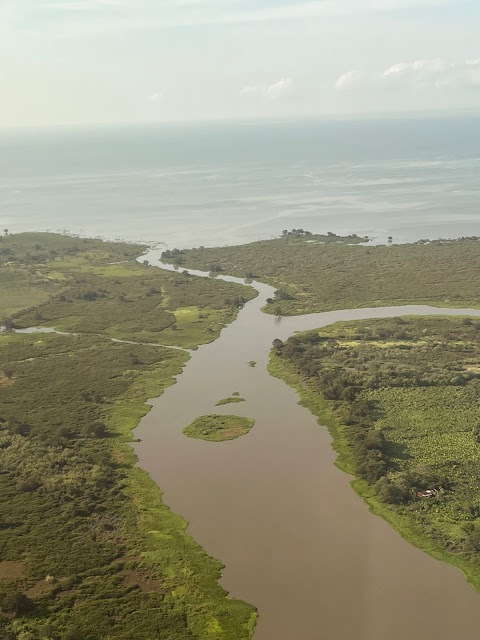A VISIT TO NICARAGUA 🇳🇮 CACAO COUNTRY
Nicaragua is a significant cocoa producer in Central America, currently producing between 6,000 and 7,000 metric tons per year. Nicaraguan cocoa is known for its fine flavor and aroma, with a large percentage of production being exported. The majority of cocoa production is in the hands of small producers, and the industry is experiencing growth, with projections for increased production in the coming years.
Here's a more detailed look at Nicaraguan cocoa production:
- Nicaragua currently produces around 6,000 to 7,000 metric tons of cocoa annually.
- Approximately 90% of cocoa production is carried out by small producers with farms ranging from 0.5 to 2 hectares.
- A significant portion of Nicaraguan cocoa is exported, with projections for a large increase in export volume in the coming years.
- The cocoa industry in Nicaragua is experiencing growth, with an estimated 25,500 tonnes of production projected by 2026.
- Nicaragua is recognized as a 100% producer of fine cocoa, known for its unique flavors and aromas.
- Nicaraguan cocoa offers a range of flavor profiles, including floral, nutty, and spicy notes, and is prized for its quality.
- Some Nicaraguan cocoa cooperatives have excellent post-harvest skills, including fermentation and drying, further enhancing the flavor profile of the beans.
The San Juan River in Nicaragua does not directly connect the Pacific Ocean to the Caribbean Sea. While it flows from Lake Nicaragua into the Caribbean, Lake Nicaragua is located inland and does not directly connect to the Pacific. Historically, there were proposals to build a canal across Nicaragua, including using the San Juan River as part of the route, to connect the Pacific and Caribbean, but this plan was never realized.
Here's a more detailed explanation:
- The San Juan River originates in Lake Nicaragua and flows eastward, eventually emptying into the Caribbean Sea.
- Lake Nicaragua is a large freshwater lake located in western Nicaragua.
- While the river flows to the Caribbean, Lake Nicaragua is not directly connected to the Pacific. It's located inland and requires a land route or a canal to reach the Pacific coast.
- Throughout history, there have been numerous proposals to build a canal across Nicaragua, including using the San Juan River as a portion of the route to connect the Pacific and Caribbean Oceans. These proposals aimed to bypass the Panama Canal.
- The Panama Canal has remained the primary route for connecting the Pacific and Atlantic Oceans, making other canal projects, like the one in Nicaragua, less likely.






















Comments
Post a Comment